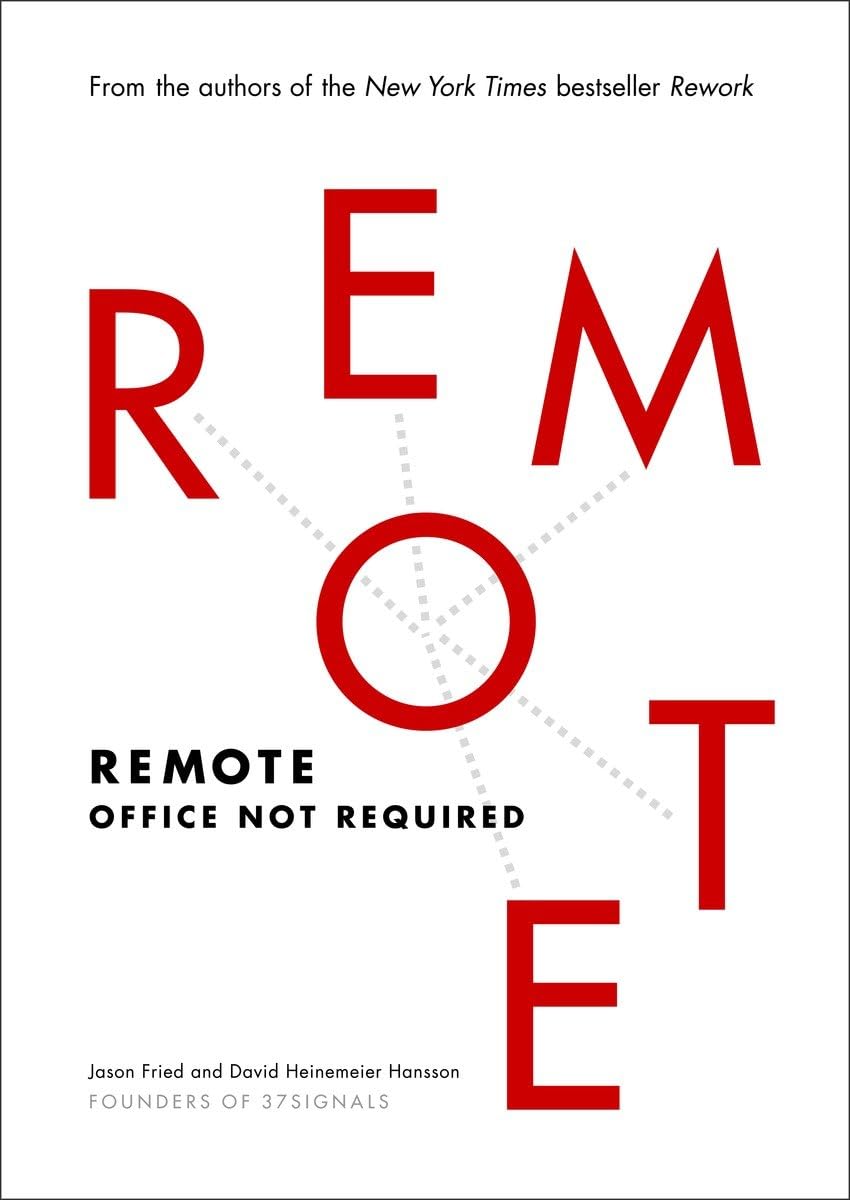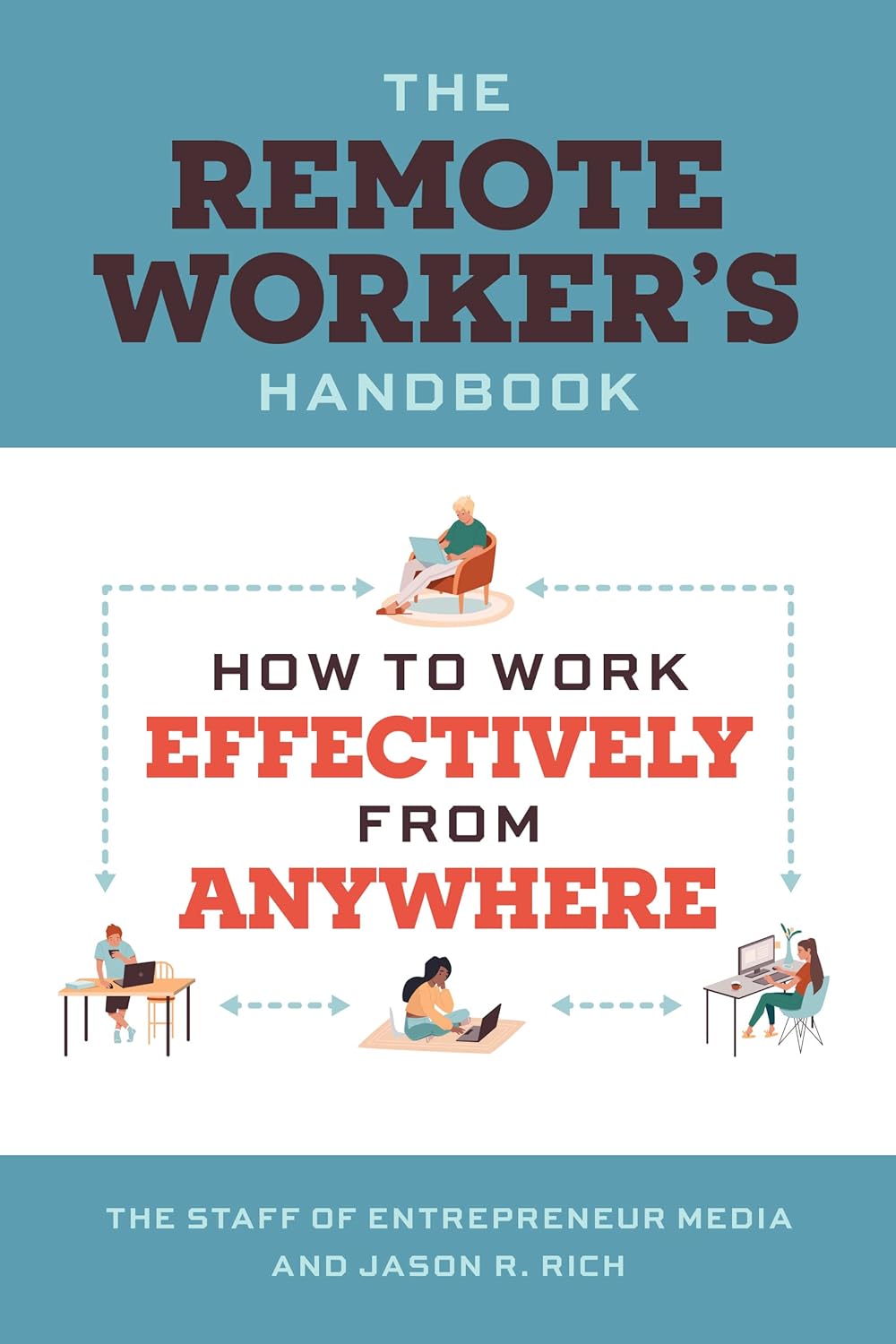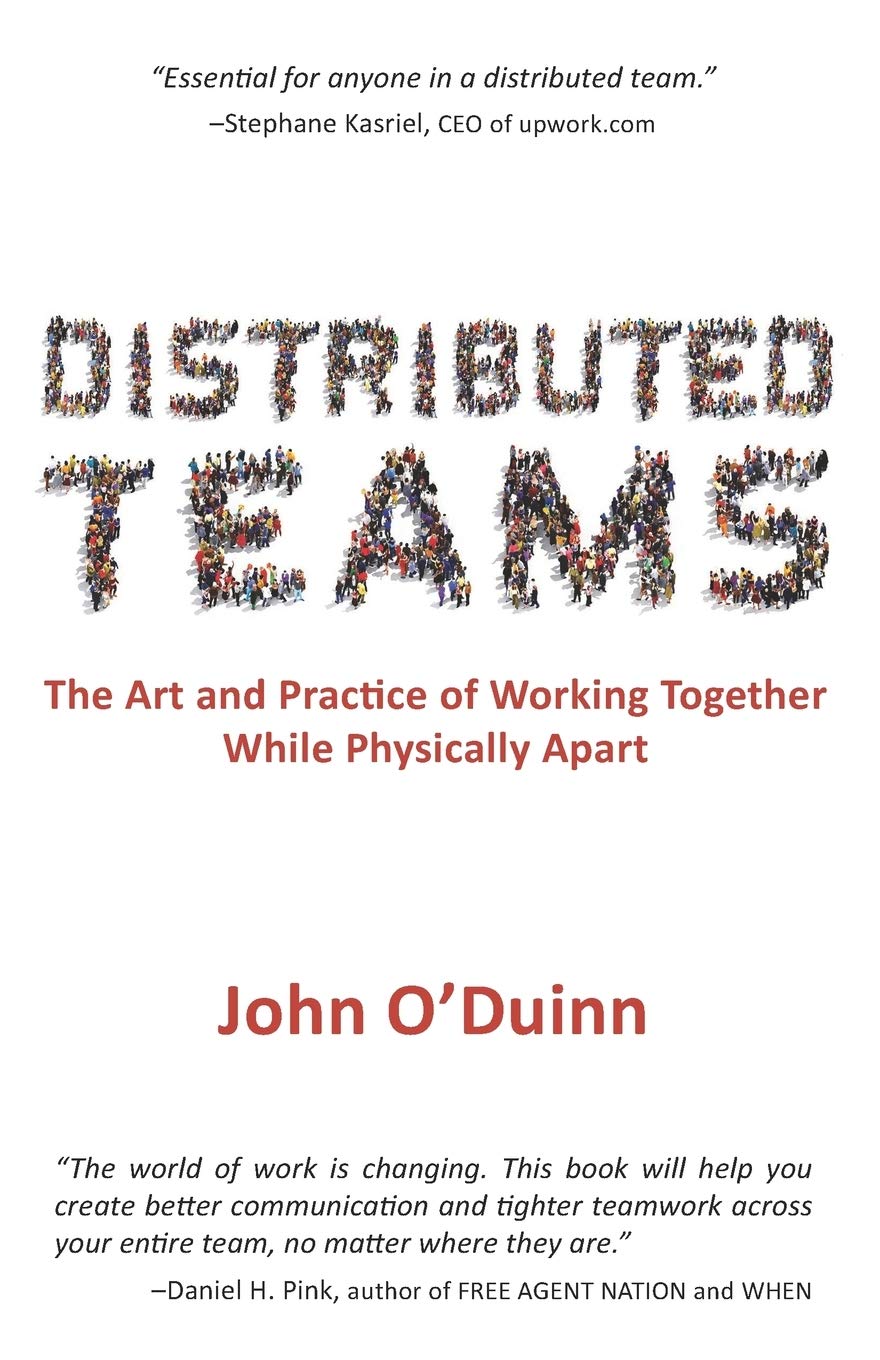The problem begins when communication turns into an endless stream of notifications, duplicate meetings, and messages that nobody really reads. The issue isn't that we communicate too little. The problem is that we communicate incorrectly. Today, we'll share ways to g
How to organize a team for long-term remote working
In today's economy, remote work has evolved from a pandemic response to a strategic choice for many companies. Those who approach it systematically achieve high productivity and maintain strong employee motivation.
Key takeaways
Organizations with a proper remote working management system have much better chances of retaining key personnel and are better at completing projects on time
Well-thought-out team communication protocols can increase the team’s efficiency and significantly improve the rate of task completion
Companies that use integrated remote work tools can achieve much higher results with minimal operational costs
Establishing remote infrastructure
It all starts with a proper foundation. Successful teams do not just transfer their entire office into one very rigid and unreliable online app, but rebuild their entire working processes around the concept of remote.
Successful organizations highlight the following components:
- Clear roles and processes – everyone should understand their responsibilities and how their actions impact the bigger picture.
- Measurable results and KPIs – it’s important to see how effectively tasks are being completed and know where we stand in the process.
- Reporting system – to always stay updated on progress and quickly address any issues.
- Technical infrastructure – convenient and secure tools for work (such as Taskee), as well as platforms for real-time collaboration where everything can be done seamlessly.
With a modern platform like Taskee, you’ll be able to seamlessly integrate these components into your team’s daily workflows, ensuring you’re always productive even miles apart.

Building effective communication
You might not like the sound of that, but regular catch-ups in Zoom or Google Meet are absolutely vital for your team’s spirit and overall efficiency. Without regular check-ins on who’s doing that, it’s really easy to lose track of what needs to be done next, so even short and brief 15-minute calls can make all the difference in the world.
Let’s break it down:
- Daily digital meet-ups – short morning gatherings, where tasks are assigned. Might not be possible with some team members located in other time zones, but it is still very recommended.
- Weekly check-up – what worked this week and what didn’t? Is there an area for improvement?
- Monthly reviews – taking a closer look at the bigger picture and trying to understand what to do next
- Quarterly planning – setting up bigger milestones.
- Yearly sessions – talking about even bigger goals and picking the company’s alignment
It might feel like too much for some particularly introverted team members, but is still pretty much essential for long-term success.
Documenting progress
Get your leather binders and overengineered note-taking apps up, because without the,m meeting loose half of their actual use. Keep a nice concept of everything that happened during the meeting, ensuring no misunderstanding or miscommunication in the future.
A couple of things to keep in mind:
- Documenting decisions – note down what was decided and why, so there are no questions about the reasoning behind the choices
- Process description – create clear instructions for quick task completion, without the need to repeat the same thing
- Knowledge sharing – share experiences to ensure everyone is informed and avoids making the same mistakes
- Progress tracking – keep track of who has completed what and what still needs to be done
- Resource allocation – check to ensure everyone has what they need to perform their tasks effectively
You might spend a fortune on notebooks, but trust us – productivity absolutely worth it.
Culture and engagement
For remote teams, a strong cultural foundation is crucial. An important aspect is professional development: training workshops, inter-team projects, access to educational materials, and regular feedback. A strong culture and engagement are not just about work, but also about the atmosphere within the team, which directly impacts motivation and results.
Interesting fact 
A study of over 1,000 remote teams showed that in companies where teams interact regularly online and use modern platforms like Taskee, the speed of solving complex tasks is 85% faster, and large projects are completed 2.5 times quicker!
Related articles:
You can master frameworks by simply reading Scrum or Kanban: Which one suits your project.
If you want to boost your productivity, we recommend reading the article Parenting and remote work: Balancing family and productivity.
For improving management quality, check out Agile business process management: Enhancing flexibility and efficiency.
Conclusion
Effectively organizing long-term remote work requires systematic planning and thoughtful execution. By planning everything correctly, following the tips above, you'll build successful communication within your team. Platforms like Taskee will help you establish this solid foundation.
Recommended reading 


“The Remote Worker's Handbook”
A guide to effective remote work, focusing on time management, communication, and preventing burnout.
On Amazon
“Distributed Teams”
A book about creating and managing distributed teams, focusing on practical strategies and tools for successful remote work.
On Amazon






